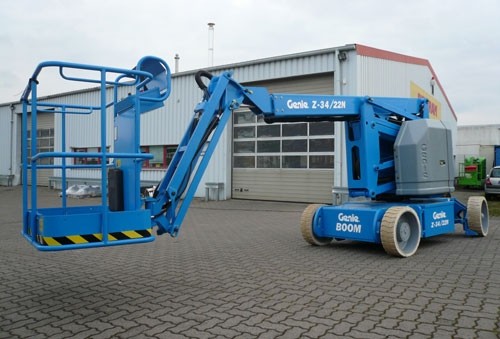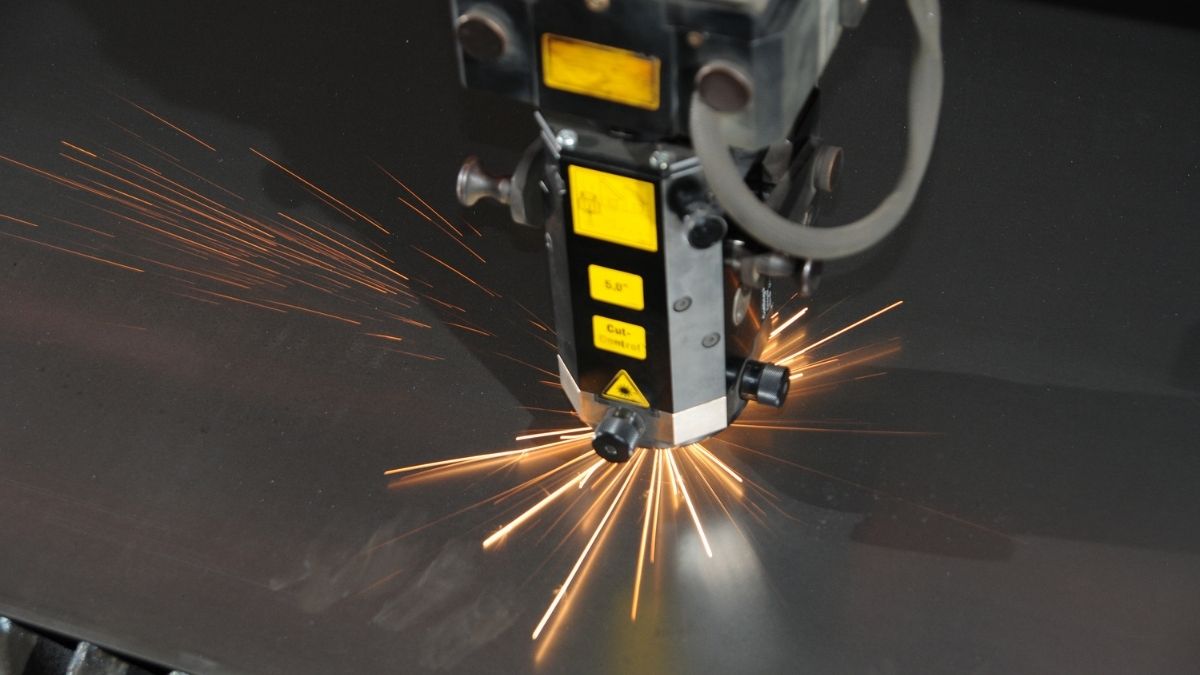Knuckle boom cranes, also known as articulating cranes, are one of the most versatile lifting tools in various industries, from construction to shipping. These cranes are designed for efficient material handling and can operate in confined spaces, making them indispensable in both urban construction projects and remote locations. In this blog, we will explore what a knuckle boom crane is, how it works, its benefits, and its diverse applications.
What is a Knuckle Boom Crane?
A knuckle boom crane is a type of hydraulic crane with an articulated boom that resembles a human knuckle. The “knuckle” is formed when the boom folds or extends in a compact manner, allowing the crane to operate in tighter spaces than traditional cranes. This unique design makes it especially useful in situations where space is limited, or the crane needs to navigate through obstacles.
The crane operates by using hydraulic arms to lift heavy loads with great precision. Its ability to extend, fold, and articulate makes it far more flexible compared to other types of cranes. Additionally, knuckle boom cranes can rotate 360 degrees, which enhances their versatility for various tasks.
How Does a Knuckle Boom Crane Work?
The working mechanism of a knuckle boom crane is based on hydraulic power. It typically has a base (mounting plate) that allows it to be installed on various vehicles, such as trucks, trailers, or even ships. The base contains a hydraulic system that controls the movement of the crane’s arm.
When the crane is deployed, the hydraulic system powers the articulation of the boom. The knuckle joint allows the boom to bend, and the operator can adjust the angle and reach of the crane to move loads precisely. The extension capability of the crane’s boom increases the reach without requiring a large physical footprint. This makes knuckle boom cranes ideal for applications where height and reach are critical.
Knuckle boom cranes are equipped with specialized control systems that allow operators to handle complex tasks safely. Modern versions are often remote-controlled, adding a layer of safety and ease for the operator, as they can stand at a safe distance while controlling the crane’s movements.
Benefits of Knuckle Boom Cranes
- Space Efficiency: One of the most significant advantages of a knuckle boom crane is its ability to work in confined spaces. Since the boom can fold and unfold, it can be compacted into a small area when not in use. This feature makes it a preferred choice for urban construction projects and other environments where space is limited.
- Increased Reach and Flexibility: The articulated design allows the crane to extend its reach while maintaining stability. It can access difficult-to-reach areas, such as rooftops or areas surrounded by obstacles. This flexibility is particularly useful when lifting heavy materials to high places.
- Versatility: Knuckle boom cranes are used in a wide range of industries, including construction, forestry, waste management, and marine applications. The ability to perform different tasks—from lifting and loading materials to unloading cargo—makes it a go-to choice for many operations.
- Cost-Effectiveness: Since knuckle boom cranes are capable of performing a variety of tasks, they reduce the need for multiple machines. This consolidation can lead to cost savings for businesses in terms of equipment purchases, maintenance, and operational efficiency.
- Improved Safety: The ability to control the crane remotely ensures the safety of the operator. The operator can avoid potential hazards by standing a safe distance away from the crane’s operation area. Additionally, the stable design and advanced control systems enhance operational safety.
- Easy Integration with Vehicles: Many knuckle boom cranes are designed to be mounted on trucks, trailers, or ships. This mobility allows for easy transportation of the crane to different job sites, further enhancing its practicality for companies with diverse projects.
Applications of Knuckle Boom Cranes
Knuckle boom cranes are used in a wide array of industries. Here are some of the most common applications:
1. Construction and Demolition
Knuckle boom cranes are ideal for lifting heavy construction materials to high floors or removing debris during demolition projects. The flexibility of the crane allows it to move through narrow spaces, making it perfect for urban construction projects where access is limited.
2. Logistics and Transport
In logistics and transport, knuckle boom cranes are often used for loading and unloading cargo. The crane’s ability to lift and move heavy items with precision helps ensure safe and efficient loading and unloading from trucks or containers.
3. Forestry and Tree Services
Knuckle boom cranes are essential in the forestry industry. They are used to lift logs, branches, and trees from difficult-to-reach areas. Their ability to extend and articulate makes them useful in various terrains, whether it’s working in forests or on urban tree services.
4. Marine and Shipping
Knuckle boom cranes are frequently used in the shipping industry for unloading cargo from ships to the dock. Their ability to rotate and extend ensures that they can handle loads efficiently even in confined spaces.
5. Waste Management
In waste management, knuckle boom cranes are used for handling and lifting large containers of waste or recyclable materials. They are especially effective in waste collection services that require navigating narrow roads or tight spaces.
Conclusion
Knuckle boom cranes are an essential tool for industries that require heavy lifting, precision, and flexibility. Their unique design allows them to operate in tight spaces, extend their reach, and handle a wide range of materials. From construction to logistics, forestry, and waste management, knuckle boom cranes offer significant advantages, including increased productivity, cost savings, and enhanced safety.









